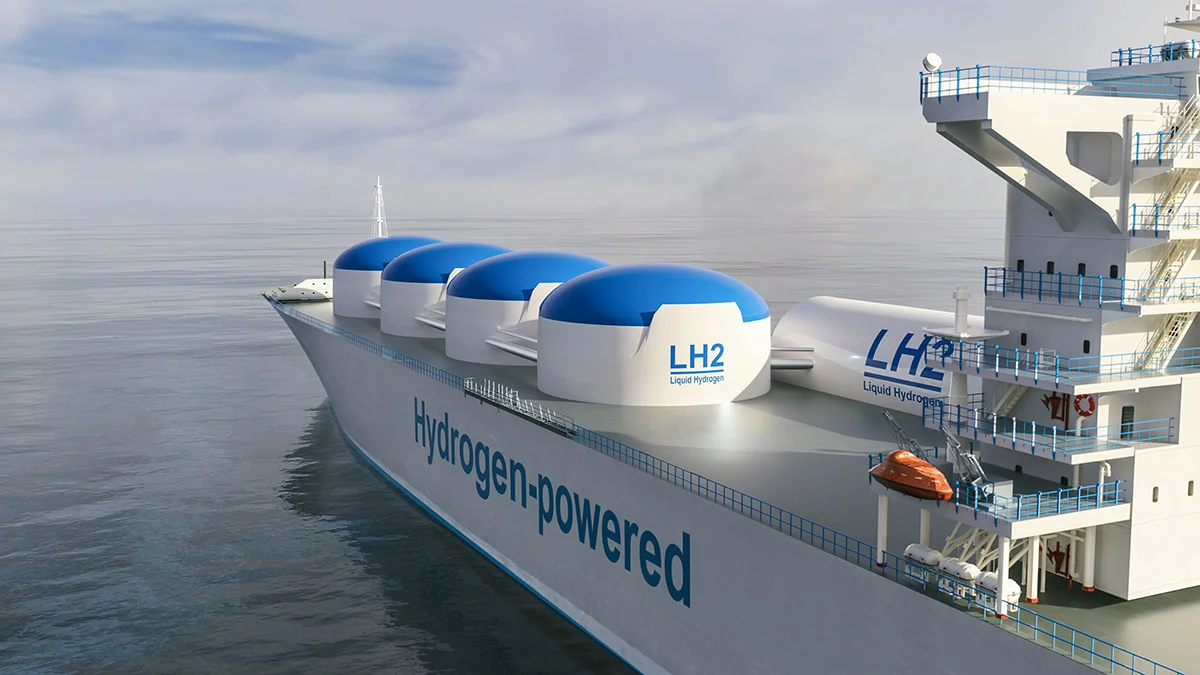Marine pollution is a significant global issue, and one of the primary contributors to this problem is the shipping industry. Known for their massive fuel consumption and harmful emissions, “dirty ships” have become a focal point in environmental discussions. As the world increasingly prioritizes sustainability, addressing the pollution caused by these vessels is more critical than ever. This article will explore the causes and effects of marine pollution from ships, the current measures in place to tackle this issue, and the innovative solutions being developed to promote cleaner seas.
Understanding Marine Pollution from Ships
Marine pollution from ships encompasses a variety of pollutants, including oil spills, chemical discharges, and air emissions.
- Types of Pollutants: Oil spills, ballast water discharge, sewage, garbage, and air pollutants such as sulfur oxides (SOx) and nitrogen oxides (NOx).
- Sources: Routine operations, accidents, and improper waste management.
Environmental Impact
The environmental impact of ship pollution is profound, affecting marine life, ecosystems, and human health.
- Marine Life: Toxic substances can harm or kill marine organisms, disrupt food chains, and destroy habitats.
- Ecosystems: Coral reefs, mangroves, and other critical ecosystems are at risk.
- Human Health: Pollutants can enter the food chain, impacting human health through contaminated seafood and water.
Economic Consequences
The economic consequences of marine pollution are significant, affecting industries such as fishing, tourism, and coastal economies.
- Fishing Industry: Pollution can lead to fish kills and contaminated seafood, harming livelihoods.
- Tourism: Polluted waters and beaches can deter tourists, impacting local economies.
- Coastal Economies: Cleanup costs and loss of ecosystem services can strain financial resources.
International Regulations
International regulations aim to mitigate the environmental impact of shipping.
- MARPOL Convention: The International Convention for the Prevention of Pollution from Ships sets standards for preventing pollution by oil, chemicals, and waste.
- IMO 2020: The International Maritime Organization’s sulfur cap regulation limits sulfur content in marine fuels to 0.50% m/m.
National Policies
Countries have implemented national policies to address marine pollution from ships.
- Emission Control Areas (ECAs): Designated areas where stricter controls are established to minimize airborne emissions from ships.
- Ballast Water Management: Policies to prevent the spread of invasive species through ballast water discharge.
Technological Innovations
Technological innovations are crucial in reducing the environmental impact of shipping.
- Cleaner Fuels: Development of low-sulfur fuels, liquefied natural gas (LNG), and biofuels.
- Emission Reduction Technologies: Scrubbers, selective catalytic reduction (SCR) systems, and air lubrication systems.
Alternative Energy Sources
The exploration of alternative energy sources is vital for sustainable shipping.
- Electric Ships: Battery-powered vessels for short-distance routes.
- Renewable Energy: Wind-assisted propulsion, solar panels, and hydrogen fuel cells.
Ship Design and Efficiency
Improving ship design and operational efficiency can significantly reduce pollution.
- Hull Design: Optimized hull designs to reduce drag and improve fuel efficiency.
- Operational Measures: Speed reduction, route optimization, and regular maintenance.
Industry Best Practices
Adopting industry best practices can help minimize marine pollution from shipping.
- Waste Management: Proper handling and disposal of waste materials.
- Training and Education: Training crew members on environmental best practices and regulatory compliance.
Collaborative Efforts
Collaborative efforts between governments, organizations, and the private sector are essential in tackling marine pollution.
- Public-Private Partnerships: Joint initiatives to develop and implement sustainable practices.
- NGOs and Advocacy Groups: Raising awareness and pushing for stricter regulations.
Monitoring and Enforcement
Effective monitoring and enforcement of regulations are crucial to ensure compliance.
- Port State Control: Inspections and controls to verify compliance with international standards.
- Satellite Monitoring: Using satellite technology to track ship emissions and detect illegal discharges.
Future Outlook
Looking ahead, the future of sustainable shipping relies on continuous innovation and commitment.
- Research and Development: Investing in R&D to discover new technologies and practices.
- Policy Development: Evolving regulations to keep pace with technological advancements and environmental needs.
- Global Cooperation: Enhancing global cooperation to address marine pollution on an international scale.
Conclusion
Marine pollution from “dirty ships” poses a significant threat to our oceans and the environment. However, through a combination of international regulations, technological innovations, alternative energy sources, and collaborative efforts, we can make significant strides in reducing the environmental impact of the shipping industry. By adopting best practices and ensuring strict enforcement of policies, the shipping industry can move towards a more sustainable future. As we continue to innovate and prioritize environmental sustainability, we can protect our oceans and ensure a healthier planet for future generations.




